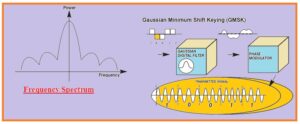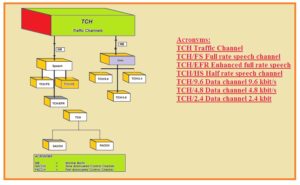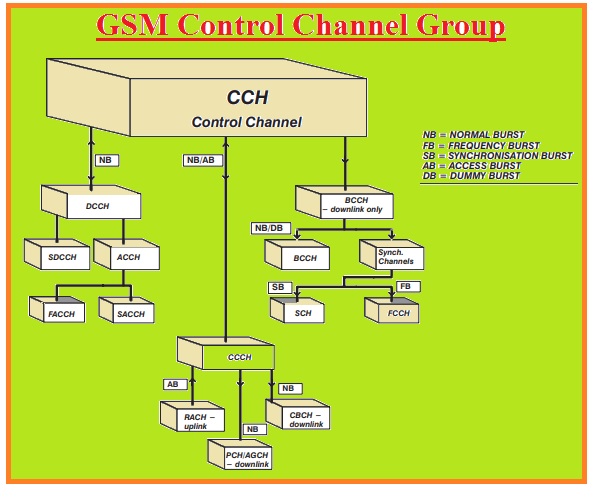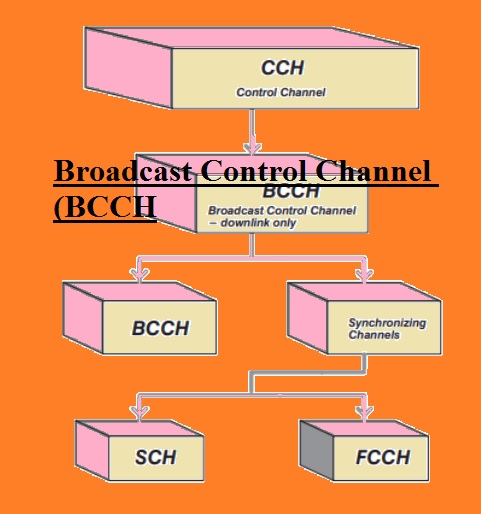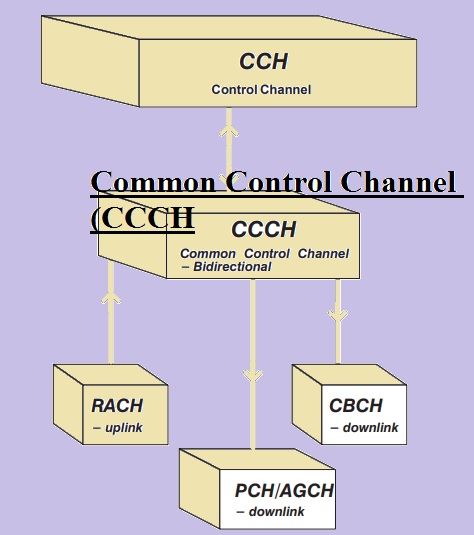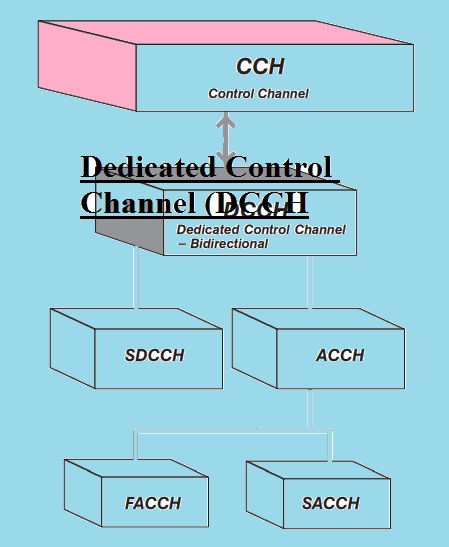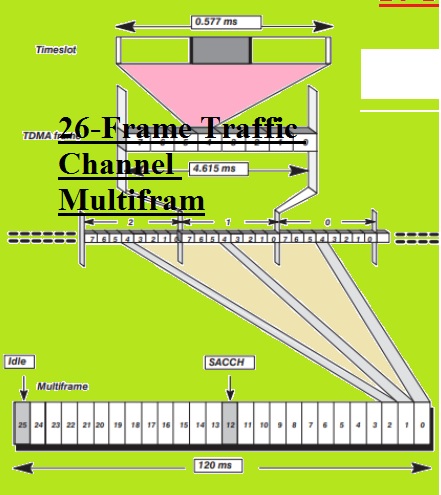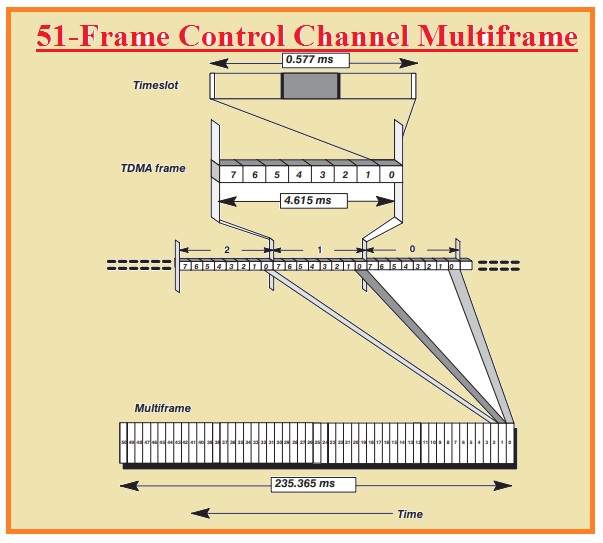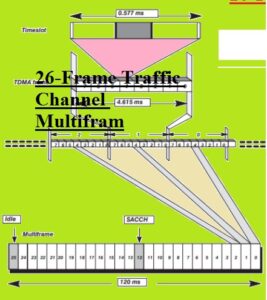 Hello, friends welcome to the new post. In this post, we will have a detailed look at GSM Channels on the Air Interfacing. The GSM air interfacing now becomes a very commonly used service since it offered a less costly device to operate. The signal generation is easy to configure and transmit.
Hello, friends welcome to the new post. In this post, we will have a detailed look at GSM Channels on the Air Interfacing. The GSM air interfacing now becomes a very commonly used service since it offered a less costly device to operate. The signal generation is easy to configure and transmit.
In this post, we cover some basics used in this interfacing and their operation. So let get started.
Introduction to GSM Air Interfacing
- The main cause that makes the usage of air interfacing is mentioned here.
- Through this interfacing there is less cause of interfacing through noise and frequency can be reused after certain cells with reducing the interference factor.
- Through this interfacing there is fault detection becomes easy with that offered the data transmitted.
- This system offered a high level of security and privacy to calls of users.
- It used open standard interfacing that can fulfil the user’s required demands
Modulation Technique in Air Interfacing
- There are 3 main types of signal modulation techniques used in this transmission.
- Am
- FM
- PM
- AM amplitude modulation is used very easily but has the disadvantage to get affected by the noise.
- FM
- It is difficult to use but has the advantage that can be less affected through the error signal.
- Phase Modulation (PM)
- The third one is the highest level save from singal error bu its installation process is very difficult so it very rare used
How Digital Signal Transmitted
- As above discuss there is less noise error occurs in the phase modulation.
- But some issues exist in this system in case of change in phase high-frequency elements are generated and in a result to transmit this signal there is a need of a high level of bandwidth.
- So there should be should capacity that can be supported to this bandwidth in the GSM.
- For this purpose, there is a certain type of method used called Gaussian Minimum Shift Keying (GMSK
- Through this technique the phase variation that needed the change through one to zero not exist very fastly but through binary phase-shift keying.
- In place, it exists after some time interval and so further high-frequency elements will be deleted that exist.
- In the use of GMSK, the initial signal get independence from the high-frequency components
GSM Physical and Logical Channel
- The physic Chanel is the type of medium signal that used to transmit signal or data for terrestrial interfacing wire is used as media,
- The data transmitted through the physical channel called the logical channel
- The GSM-based radio frequency signal used as the carrier can be used to handle the eight number of users.
- In the below diagram, you can see this process.
- Every channel covers the carrier portion to one by eight.
- This method is known as time division multiple access or TDMA
- The time parted into different parts called timeslots.
- These slots are configured in series started from zero and end at seven.
- There is zero to seven timeslot are existed for a single mobile station call in the frame then it shifted to another.
- In this network to operate in a good way the time of sending to the mobile and from the mobile is very necessary to discuss.
- The mobile subscriber should send the data according to single call right interval
- The send in the timeslot called burst
- time slot
GSM Control Channel Group
- There are 3 types of the control channels used in the GSM interfacing.
- Broadcast Control Channel (BCCH);
- Common Control Channel (CCCH);
- Dedicated Control Channel (DCCH)
BCCH Group
- the BCCH group is used for BSS to MS configuring.
- In this group data related to Mobile networks, mobile existing cell, and adjacent cells exist.
CCCH Group
- This channel is used to configure the uplink and downlink operations.
- random access channel is employed in this system to make the link between mobile subscriber and network
- PCH and AGCH sed in downlink operation and PCH used to make a call.
DCCH Group
- The DCCH channel is used to label the one mobile subscriber for call and identification process Its main parts can seen here.
GSM Multiframes and Timing
- In a single TDMA, there is 8 timeslots exist that caused the different 8 channels to do use of one radio frequency as a carrier.
- In other terms, every physical channel can be used through a different logical channel
- To understand this sharing there is a technique use in GSM called 26-frame Traffic Channel Multifram
- In phenomena indicate the operation among the time slots TDAM frame and 26 frames.
- There is another technique used called e 51-frame Control Channel Multifram That is most complicated the previous one. Its configuration can be seen here
That is a detailed post about GSM Channels on the Air Interfacing if you have any further query ask in the comments, Thanks for reading have a nice day

